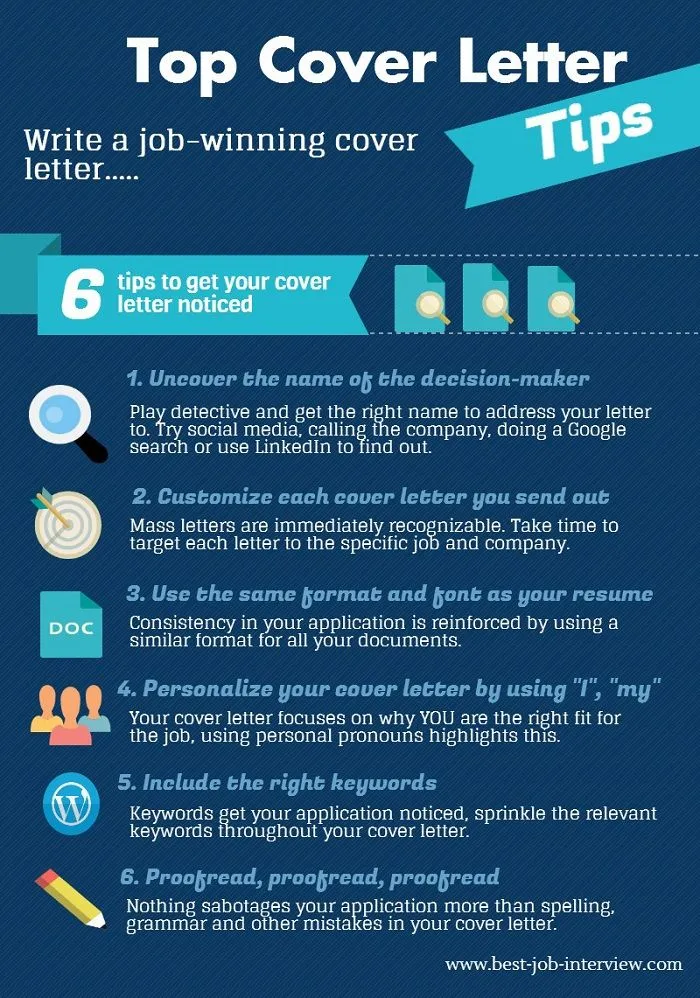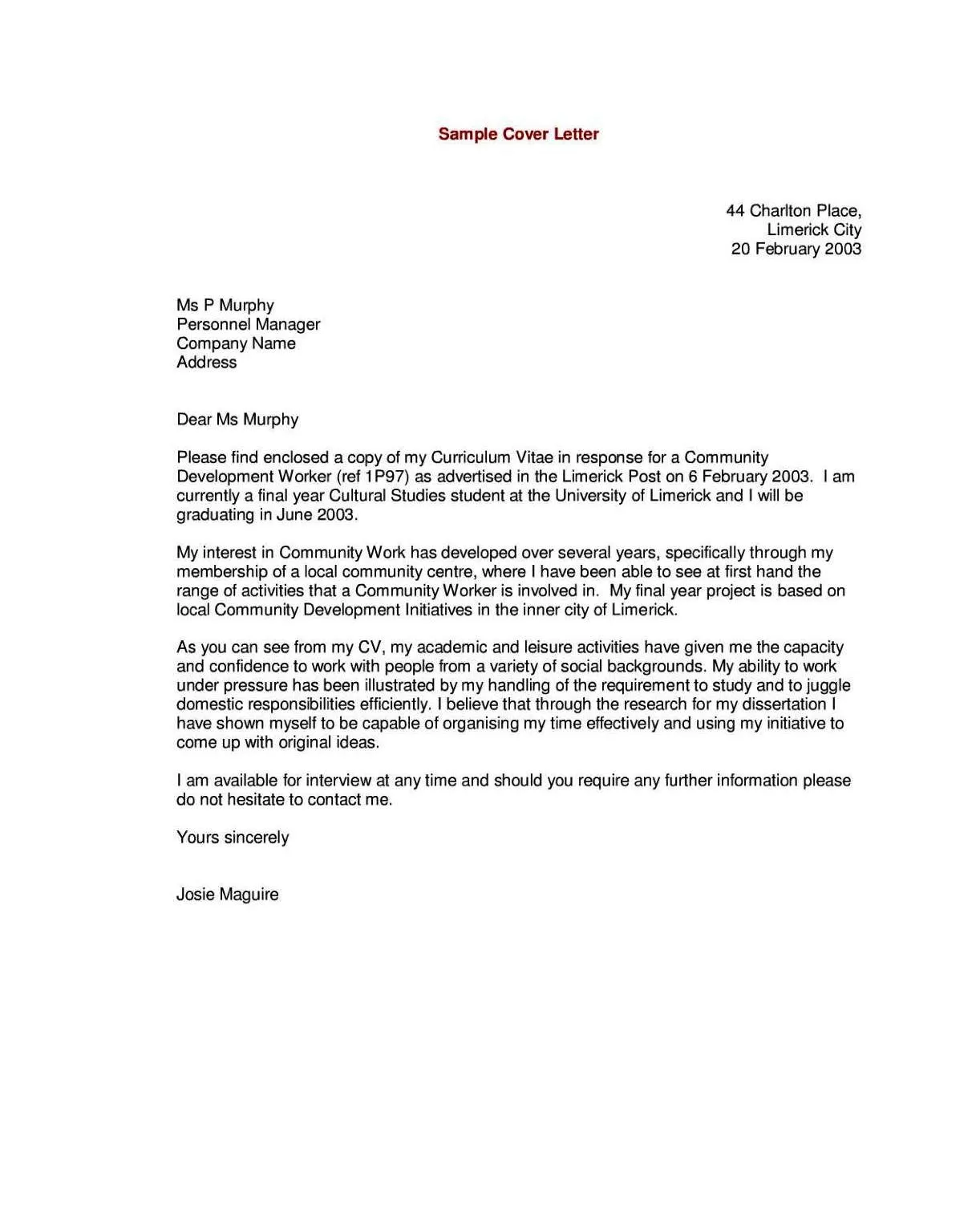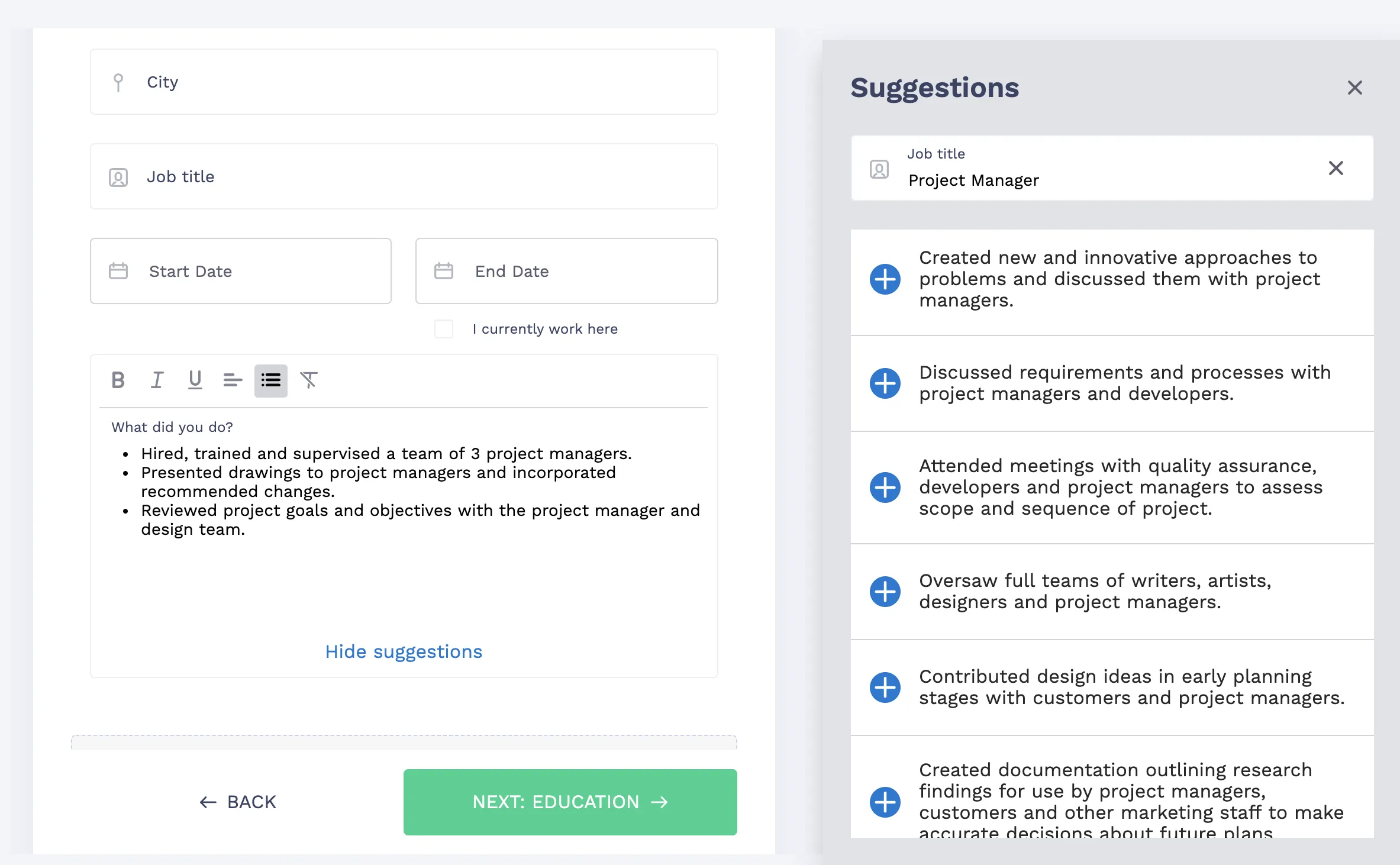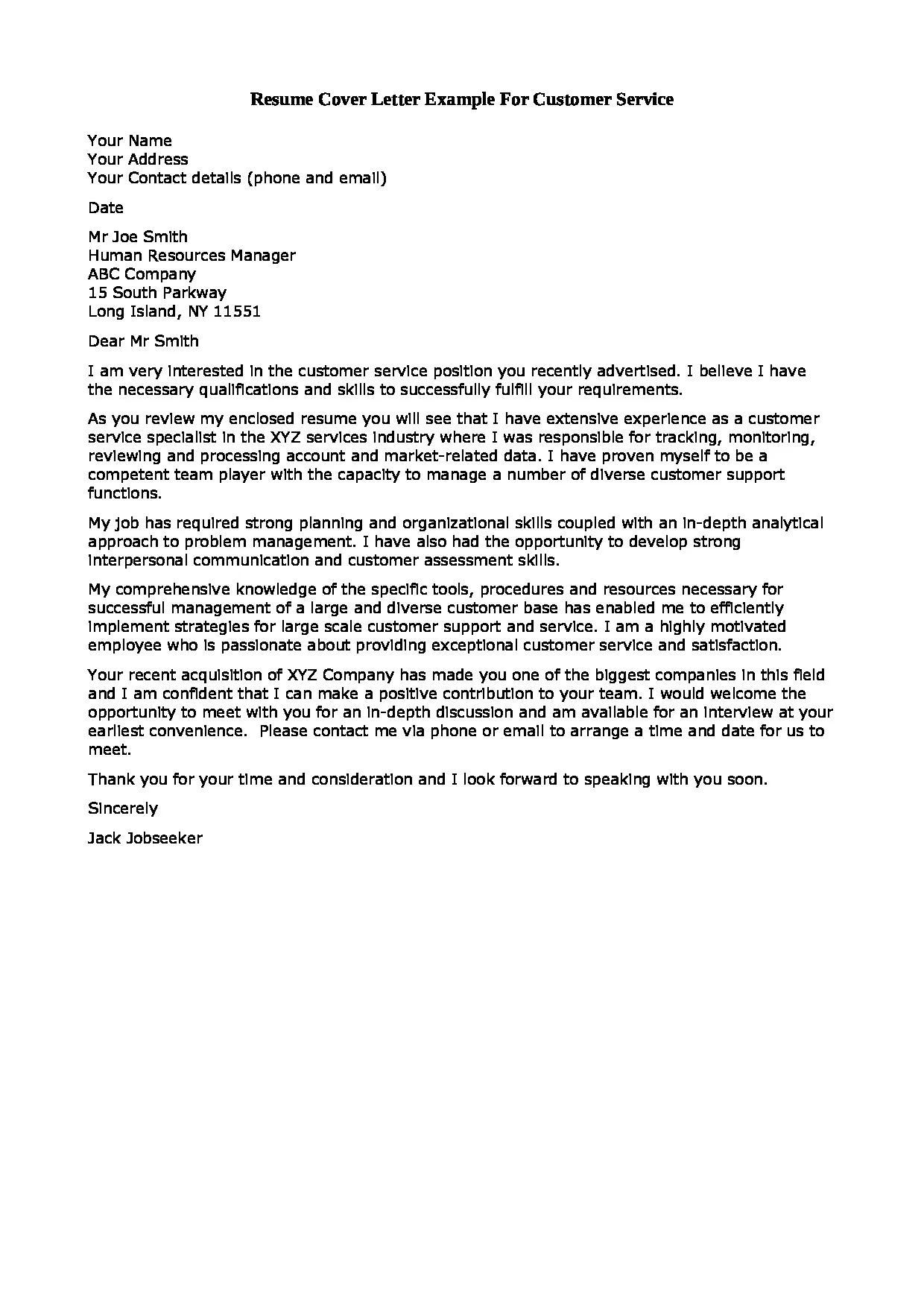What is a Cover Letter
A cover letter is a crucial document that accompanies your resume when applying for a job. It serves as your introduction to a potential employer, providing a concise overview of your qualifications and expressing your interest in the specific role and company. Unlike a resume, which presents a factual summary of your work history and skills, a cover letter allows you to showcase your personality, enthusiasm, and writing abilities. It offers an opportunity to elaborate on your relevant experiences, explain your motivations, and demonstrate why you are a strong fit for the position. The cover letter acts as a bridge, connecting your skills and experiences to the needs of the employer.
The Purpose of a Cover Letter
The primary purpose of a cover letter is to convince the hiring manager to read your resume and consider you for an interview. It’s your chance to make a positive first impression and differentiate yourself from other applicants. A well-crafted cover letter highlights your most relevant skills and experiences, demonstrating how they align with the job requirements. It allows you to explain any gaps in your resume, address specific qualifications, and express your genuine interest in the company and the opportunity. Furthermore, it showcases your communication skills and your ability to write persuasively. By effectively communicating your value proposition, the cover letter increases your chances of getting noticed and advancing to the next stage of the hiring process. It also is a chance to show your personality and show your enthusiasm and why you are a perfect fit for the job.
Key Components of a Cover Letter

A strong cover letter typically includes several key components. It starts with a professional header containing your contact information and the date. The salutation should address the hiring manager by name, if possible. The opening paragraph should immediately grab the reader’s attention, stating the position you’re applying for and expressing your enthusiasm. The body paragraphs should highlight your most relevant skills and experiences, providing specific examples and quantifying your achievements whenever possible. In the closing paragraph, reiterate your interest, thank the employer for their time, and express your eagerness for an interview. Finally, the cover letter should end with a professional closing, such as “Sincerely” or “Best regards,” followed by your typed name.
Top 5 Cover Letter Tips for Job Seekers
Writing an effective cover letter can significantly increase your chances of landing an interview. Here are five essential tips to help you create a compelling cover letter that gets results. These tips focus on tailoring your message, highlighting the right skills, showcasing your personality, ensuring accuracy, and following the instructions provided in the job posting. Implementing these tips can improve the overall effectiveness of your application and capture the attention of hiring managers. A well-crafted cover letter is a powerful tool to make a strong first impression and sets you apart from other applicants, ultimately leading to a successful job application process.
Tip 1 Tailor Your Letter
One of the most important tips is to tailor each cover letter to the specific job and company. Avoid using a generic template; instead, customize your letter to reflect the requirements of the position and the values of the organization. Research the company, understand their mission, and identify the key skills and experiences they are seeking. Then, highlight your relevant qualifications and explain how your abilities align with their needs. Mentioning specific details about the company or the role demonstrates your genuine interest and shows that you have taken the time to understand their requirements. Tailoring your letter makes it more relevant, increases your chances of getting noticed, and ultimately increases your chances of getting the job.
Tip 2 Highlight Relevant Skills

Focus on showcasing the skills and experiences that are most relevant to the job description. Carefully review the job posting and identify the key skills and qualifications the employer is looking for. Then, in your cover letter, highlight your accomplishments and provide specific examples that demonstrate how you have successfully utilized those skills in the past. Use action verbs to describe your achievements and quantify your results whenever possible. For instance, instead of saying “Managed projects,” say “Managed five projects simultaneously, resulting in a 15% increase in on-time project delivery.” Highlighting relevant skills immediately demonstrates your ability to perform the job effectively and allows the hiring manager to quickly assess your fit for the role. By emphasizing your most valuable assets, you make a strong case for your candidacy and increase your chances of getting an interview.
Tip 3 Showcase Your Personality
While a resume is a factual summary of your work history, the cover letter is your opportunity to let your personality shine through. Write in a clear, concise, and engaging style that reflects your unique voice. Avoid using overly formal language or clichés. Instead, use the cover letter to express your enthusiasm for the position and the company. Share your motivations for applying and explain why you are a great fit for the organization. You can subtly mention your hobbies or interests that relate to the job. Letting your personality show creates a connection with the reader and makes your application more memorable. Showcasing your personality demonstrates that you are not only qualified but also a person that the employer would want to work with.
Tip 4 Proofread Carefully
Before submitting your cover letter, always proofread it meticulously. Errors in grammar, spelling, or punctuation can make a negative impression and undermine your credibility. Read your cover letter multiple times, checking for any mistakes. It is recommended to read the cover letter out loud. Consider having a friend or family member review your letter as well. They may catch errors that you missed. Proofreading ensures that your cover letter is polished and professional. A well-proofread cover letter demonstrates your attention to detail and commitment to excellence. Always double-check the company name, the hiring manager’s name, and other important details to ensure accuracy. Proofreading is a crucial step to leave a positive impression and increase your chances of success.
Tip 5 Follow Submission Guidelines

Carefully review the job posting for any specific submission guidelines. Some employers may request a cover letter in a specific format, while others may have requirements regarding file type, length, or content. Ensure that you follow all the instructions provided to the letter. Failing to adhere to these guidelines could result in your application being rejected. Pay close attention to the instructions, such as the preferred method of submission, whether it’s online, via email, or through a specific applicant tracking system. If a specific format is required, format your cover letter accordingly. By following the submission guidelines, you demonstrate your attention to detail and your respect for the employer’s requirements. This attention to detail is seen as a positive attribute.
Cover Letter Structure and Formatting
The structure and formatting of a cover letter are essential to present your qualifications effectively. The cover letter should include a header with your contact information, followed by the date, and then the hiring manager’s contact information. The salutation should address the hiring manager by name, if possible. In the opening paragraph, state the position you are applying for and your interest in the role. The body paragraphs should highlight your relevant skills and experiences, providing specific examples and quantifying your achievements. Use a clear and professional font, such as Times New Roman or Arial, with a font size of 11 or 12 points. Maintain single spacing and use concise paragraphs and bullet points to make your letter easy to read. The closing paragraph should reiterate your interest, thank the employer for their time, and include a call to action, such as expressing your eagerness for an interview. End with a professional closing, such as “Sincerely” or “Best regards,” followed by your typed name.
Cover Letter Dos and Donts
To maximize the effectiveness of your cover letter, keep in mind these dos and don’ts. Do tailor your letter to each job, highlighting your relevant skills and experiences. Do proofread carefully for any errors in grammar, spelling, or punctuation. Do express your enthusiasm for the position and the company. Do use a professional tone and format. Don’t send a generic cover letter or use excessive jargon. Don’t exceed one page in length. Don’t focus solely on yourself; instead, explain how you can contribute to the company’s goals. Don’t include irrelevant information or exaggerate your qualifications. By following these guidelines, you increase your chances of creating a cover letter that captivates the hiring manager and secures you an interview.
